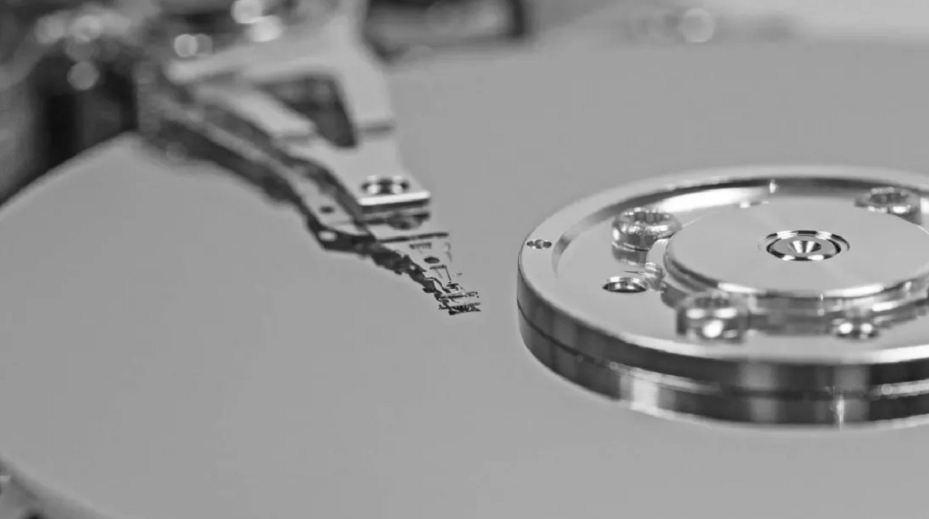
‘World’s Fastest HDD’ Seagate Exos 2X18 – 16TB and 18TB SATA SSD Drives
The new Exos 2X18 hard drives surpass the impressive performance of the Exos 2X14 devices. Using the Mach.2 multi-drive solution, the 2X18 brings humble magnetic storage technology closer to serial data transfer speeds only seen on SATA solid-state drives.
Seagate is expanding its hard drive offerings for the enterprise market, introducing six new Mach.2 models. The Seagate Exos 2X18 hard drives are the fastest hard drives available today.
Seagate describes the Mach.2 as the first multi-drive hard drive technology, a solution to increase performance by ‘parallelizing data streams in and out of a single hard drive.’ Mach.2 technology, first used in the Exos 2X14 product family, uses two drives with independent read/write heads that can transfer data simultaneously. Dual drives act as if there were two separate 8TB or 9TB drives, while the host system only sees the entire 16TB or 18TB drive.
The new line of Exos 2X18 Mach.2 hard drives consists of six new models of hard drives with a capacity of 16 to 18 Terabytes CMR, 7200 rpm for the corporate market. The new drives are available in standard and SED models that use either the traditional Serial ATA interface or the more enterprise-oriented Serial Attached SCSI (SAS) interface.
Based on a common Helium Sealed drive design, all six drives have a 256MB multi-segment cache memory. They also have Seagate’s usual enterprise features, such as PowerChoice (to manage standby power), PowerBalance (to manage active power) and hot plug support.
Exos 2X18 drives are rated at 2,500,000 MTBF (Mean Time Before Failure) and are designed to operate in busy enterprise environments 24/7 with a 5-year limited warranty. According to Seagate’s official specifications, SATA drives can support a maximum transfer speed of 545 MB/s. SAS drives can achieve speeds of up to 554 MB/s for sequential read/write I/O operations. Average power consumption is slightly higher than traditional hard drives: from 7.8/8 W (SATA/SAS) in standby mode to 13.1/13.5 W under heavy load.

